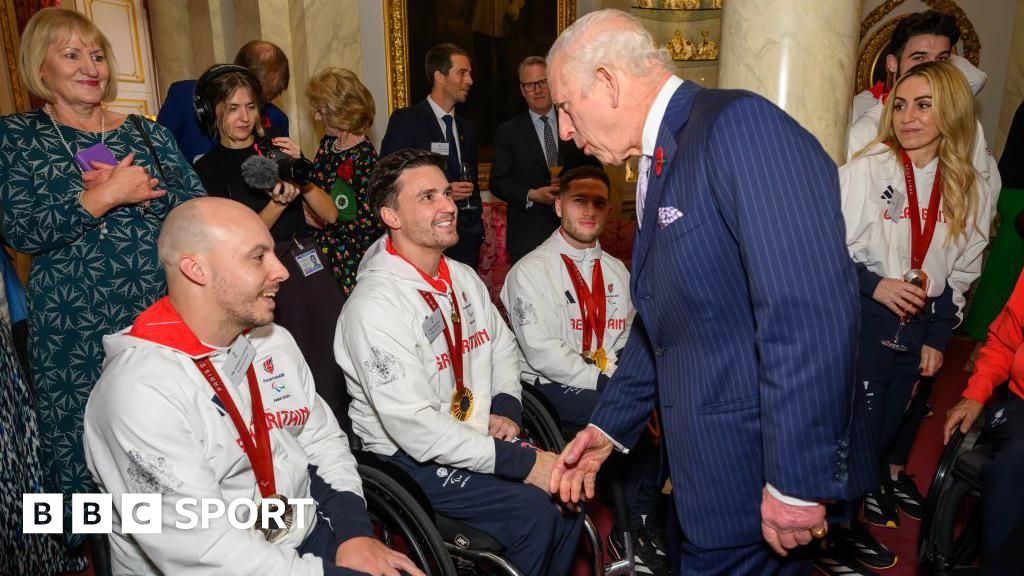Sports
Hey, batter, batter! Yale’s sports analytics team is taking some big swings

Brian Macdonald and other sports analytics fans at Yale have something going for them that you won’t find in a stat sheet or algorithm.
It’s momentum.
Yale’s Department of Statistics and Data Science (S&DS) has experienced transformational growth in the past decade — expanding faculty, moving into new digs in Kline Tower, helping to launch the interdisciplinary Institute for Foundations of Data Science — and so, too, has its efforts in sports analytics.
Fully one-third of the students who take Macdonald’s statistical case studies class focus their projects on sports; earlier this year, Olympic gold medal-winning figure skater Nathan Chen earned his Yale undergraduate degree in S&DS (Macdonald was one of his advisors); next spring, Yale will host the 2025 Connecticut Sports Analytics Symposium, a two-day sports analytics conference.
“This will be the first year Yale has hosted the event,” said Macdonald, a senior lecturer and research scientist in S&DS in Yale’s Faculty of Arts and Sciences. He is also co-director of undergraduate studies for S&DS.
Before coming to Yale, Macdonald was director of sports analytics at ESPN and director of hockey analytics for the Florida Panthers in the National Hockey League.
With sports fandom focused on baseball’s World Series, the NFL and college football, and pro basketball and hockey seasons just getting started, Yale News caught up with Macdonald to get the skinny on the state of sports analytics.
How pervasive are analytics in sports, now that we’re a generation removed from the “Moneyball” era when analytics were viewed as almost a novelty?
Brian Macdonald: It has come a long way, even just in the past 10 years. I started with the Florida Panthers in 2014 and I think it’s like night and day between then and now.
Analytics are much more mainstream in the media and within teams. Every Major League Baseball team has an analytics unit. Many NBA, NFL, and NHL teams have them as well. They’re helping players develop, helping with coaching decisions, and helping with front office decisions.
I’ll give you a very noticeable example. More football teams are going for it on fourth down, compared to 10 years ago. A big part of that is analytics and player tracking data.
How important is player tracking data in Major League Baseball?
Macdonald: In every at-bat, there are multiple high-speed cameras recording the pitcher-batter interaction. Cameras are everywhere around the stadium, tracking all the players on the field. Several new metrics have been developed that use the new data.
Do players care about metrics as much as sports fans do?
Macdonald: I don’t know that players care about a statistic like WAR [Wins Above Replacement, a baseball metric that captures a player’s total value], which is a very high-level, all-encompassing statistic. But I would think they care about trends regarding the pitcher they’ll be facing that evening. They care about what kinds of pitches — in particular locations and situations — they perform better or worse against.
At ESPN, we had lots of metrics that used fancy statistical modeling techniques, but it was often hard to get buy-in for those, as opposed to metrics derived from player tracking data, which are more tangible. In a football game, how often was the offensive lineman able to successfully block the defensive lineman? Which guy won the block?
This kind of metric is easy to understand, even though there is an algorithm behind it — you can imagine recording it by hand.
How did you arrive at data science and sports analytics as a career?
Macdonald: Math was always my favorite subject as a kid, growing up near Philadelphia. I majored in electrical engineering for my undergraduate degree, but then it was math in grad school. Eventually I realized that I wanted to move into something less theoretical and more applied, so I started learning about statistics and analytics.
I don’t think data science was even a term being used back then, but that’s what I was doing. I liked it because you get to use math, computer science, and statistics to study real world problems on any topic you can think of. In my case, I started with sports because it was something I was passionate about and a subject area I knew pretty well.
Now I get to I work with a lot of students on capstone projects, and it’s amazing the variety of topics they suggest, based on their interests and the data available in those areas. That’s the most fun thing.
Are there many budding sports analytics innovators among the Yale student body?
Macdonald: I’ve worked with a number of students — including athletes — on sports-related data research projects.
We’ve collaborated with the U.S. Olympic and Paralympic Committee’s analytics team on data relating to gymnastics, figure skating, handball, squash, tennis, and other sports. I’ve also worked with Nathan Chen [Yale College Class of 2024], advising him on a project he was doing on figure skating analytics. And I worked with S&DS major Ami Gianchandani [Class of 2023], who was a golfer on the Yale women’s golf team, who is about to turn pro and has created a golf data collection app.
A couple of years ago, S&DS major B Lindsay [Yale College Class of 2022], from the Yale sailing team, did a capstone project and then her senior thesis project on sailing data. She went on to start her own company doing sailing analytics. S&DS majors Jennie Miller [Class of 2023] and Howard Li [Class of 2024] both worked with tennis data from the U.S. Tennis Association; S&DS M.S. student Nokkvi Dan Ellidason [Class of 2023], a former pro handball player, analyzed the quality of shots in handball and hockey.
We have several ongoing projects this year, as well.
Dean Shaffer, an S&DS major and captain of Yale’s football team, is analyzing the effectiveness of college football plays. S&DS major Rebeka Róth, a Yale women’s soccer player, is focusing on age, performance, and salary data in women’s soccer. Jacqueline Wang, an S&DS and computer science double major, has done several projects analyzing shots and rebounds in men’s and women’s hockey data and is currently speeding up an algorithm related to player evaluation.
Ph.D. students Shinpei Nakamura-Sakai and Vladimir Averin are working on projects involving player performance in basketball and hockey. And earlier this year, Shinpei and I worked on a fun project for the Wall Street Journal about a quirky statistic relating to LeBron James.
And what about data science projects that don’t relate to sports? Where have your interests led you?
Macdonald: That’s mostly been my work with Luke Sanford [an assistant professor of environmental policy and governance] at Yale School of the Environment. We have focused on remote sensing data, from satellites, to detect differences in land cover and land cover uses globally. We’re developing tools to make it easier to use this data in R [an open-source programming language often applied to graphics and predictive analytics] to answer questions.
One last question about sports. Where do you think analytics are having the biggest impact?
Macdonald: I would come back to player tracking data.
A lot of work is focused on developing values for players and how players in continuously flowing team sports like hockey and basketball are contributing to their team. How can we tease out the effect that an individual player is having on a team’s outcome?
Using player locations, and puck or ball locations, at several times per second for the duration of the whole game, you can analyze at a granular level what is going on during game play. It opens up a world of new questions that can potentially be answered.







